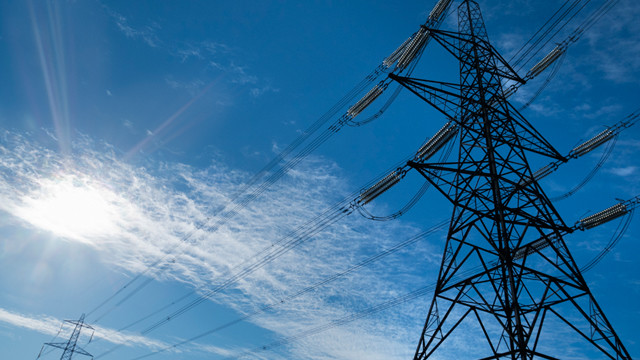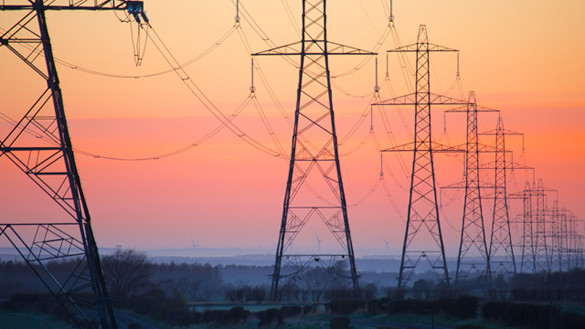What is a pylon?
Pylons – also known as electricity transmission towers – are the structural supports that have carried the UK’s network of high-voltage overhead power lines for nearly 100 years.
Today there are more than 90,000 electricity pylons across Britain, covering 4,300 route miles (7,000 kilometres).
How do electricity pylons work?
Pylons are used to support high-voltage overhead lines – the electrical cables that transmit electricity all over the country through the electricity grid.
Electricity originally comes out of a power station at a low voltage of around 10-30 kilovolts. It then enters a transmission substation, where it passes through a ‘step-up’ transformer that turns it into high-voltage electricity – up to 400,000 volts. This ensures greater efficiency and less energy loss as it travels around the national grid.
The electricity eventually reaches another substation where it is fed through a ‘step-down’ transformer, which converts into more usable, lower-voltage electricity.
Finally, a network of local operators transports this lower-voltage electricity through their own power lines and underground cables to supply homes and businesses.
How are pylons repaired and maintained?
To make sure that the pylons and overhead lines that we’re responsible for are properly maintained and any defects are fixed, we use a few different methods.
We often use helicopters to carry out inspection work, as they can cover large distances and they don’t require access to the land surrounding our power lines. We also have a fleet of drones, which allow us to look at parts of our network that are more difficult or costly to reach.


